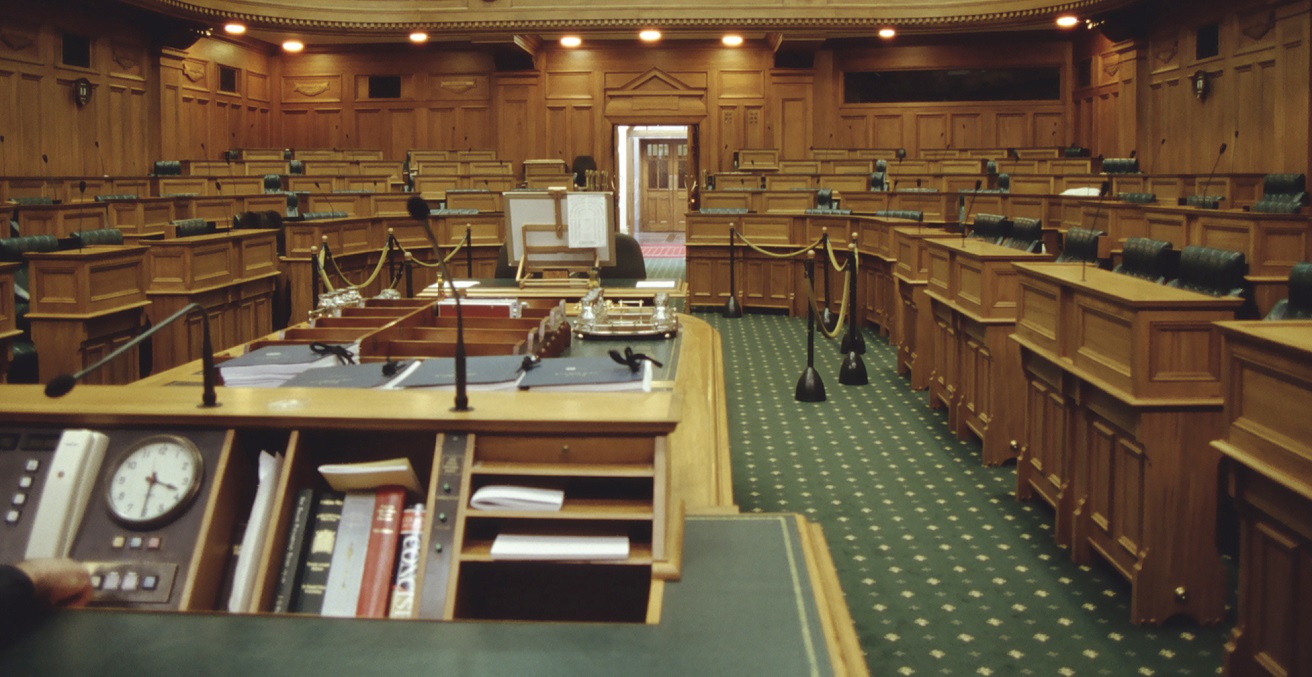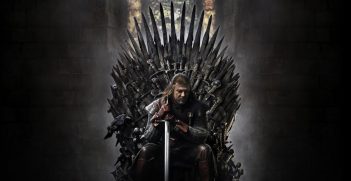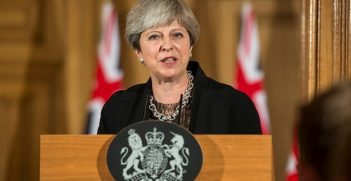The Battle for Leadership in New Zealand

With no clear winner in the New Zealand election, both the Labour and National parties are courting the minor parties in the hope of forming a coalition government.
Seldom, if ever, has a New Zealand election attracted international media interest like the one on 23 September. Hordes of foreign reporters and camera people came hunting 37-year-old Jacinda Ardern, the latest out-of-left-field liberal democracy phenomenon.
In the election Ardern did not take the social democratic Labour party to number one; but she did take it to 36 per cent, which is one-and-a-half times the 24 per cent polling average when she took over as leader on 1 August. It gives Labour 45 seats in the 120-seat single-chamber parliament.
When votes cast by late enrollers, the disabled and New Zealanders abroad—which need to be verified before being counted—are added to the final count on 7 October, that might well add another 1 percentage point to Labour’s result.
Ardern’s sudden elevation to leader in the wake of poor polls in July was seen as a sign of desperation, not least by Labour members of parliament. They feared a result even lower than the 25 per cent Labour got in 2014.
But Ardern was an immediate hit: with a hitherto sceptical media at her first press conference straight after her promotion; with crowds who filled two halls and spilled down Auckland’s main street at Labour’s campaign launch on 20 August; and with those who mobbed her on university campuses and in shopping malls.
The number of volunteers for Labour’s campaign more than doubled and donations from individual supporters climbed over NZ$1 million (AUD$912,000), an unheard-of sum for Labour.
Jacinda Ardern’s rise
Insiders have long seen in Ardern qualities that could take her to the top, if she wanted it enough.
She has substance, in character, in intelligence and in the way she deals with people, firm but warm. She is positive, funny and without malice. Her gaze locks eyes with those she looks at, even through the television or laptop screen, and that conveys something of the inner woman.
In this she is an echo of Justin Trudeau in Canada and Emmanuel Macron in France: ‘macro-personalities’ that are both immersed within and transcend day-to-day politics.
She also picked up some underlying currents of opinion which her predecessor, union leader Andrew Little, could not. One strand was the over-45s liberal left people uncomfortable with the prevailing market-liberal policy settings and the inequalities those policies have been embedding over the past decade.
Another strand is younger people, especially those under 30, who have grown up in the digital world of the ‘gig’ and ‘sharing’ economies, a world which is both liberating and insecure.
In this there is an echo in her of the two-way appeal of Bernie Sanders in the United States and Jeremy Corbyn in Britain: the appeal to some hoping for a modern revival of a lost social democracy, and to others looking for policies attuned to the 2020s.
But more voters wanted continuity. Even adding the Greens to Labour’s total—the two parties signed a memorandum of understanding in May 2016 to work together and agreed fiscal parameters in March this year—the ‘left’ vote fell 4 per cent and six seats short of the ruling National party’s 46 per cent and 58 seats.
While the final count may whittle that lead back to 2-3 per cent and a seat margin of 56-54, that is not a new dawn.
National Prime Minister Bill English, who succeeded ‘macro-personality’ Sir John Key in December 2016 when Key suddenly retired, has near-zero charisma but has overwritten his 2002 failure when, as leader for the first time, he took National’s vote down to 21 per cent.
But in New Zealand’s highly proportional mixed-member proportional system—borrowed from Germany in 1996—English will need the support of Winston Peters’ economic and social nationalist New Zealand First party to govern.
New Zealand First won nine seats. The only other party to retain representation, the market-libertarian ACT party, has only one seat. Two other small parties that supported National in its first three terms from 2008 to 2017, an indigenous rights Maori party and a centrist United Future party, lost their seats.
Which way New Zealand First goes—with National or with Labour (and the Greens in tow)—will not be known for another week or two and probably not before the final count on 7 October.
Peters was a National MP and, for a year in 1991, cabinet minister. He formed New Zealand First after being ejected from the party in 1993. He was in governing coalitions with National in 1996-98 as deputy prime minister and finance minister and Labour in 2005-08 as foreign minister.
He built his following initially on opposition to market-liberalism and then also to immigration, particularly from Asia. In that sense there is a whiff of the nativist and nationalist rightwing movements in the United States, Britain and Europe.
Peters wants to cut New Zealand’s high annual net immigration of more than 70,000—around 1.5 per cent of total population—down to around 10,000. That will be a difficult point for English, who favours high immigration as an economic driver.
Even Labour, which wants to reduce net immigration by unspecified tens of thousands—because the party thinks it holds wages down, is straining infrastructure and helping drive sky-high house prices—might find that a difficult negotiating point.
Peters also exploits in a populist manner gripes he picks up around the country. But his brand of populism is moderate compared with those in northern democracies. He usually presents few sticking points in coalition talks and his party in recent years has begun to look more centrist as new MPs take over from older ones.
In any case, there are not the same societal pressures in New Zealand. Immigration is not seen as an existential threat and there is no flood of refugees. The economy is chugging along modestly (due in large part to immigration). While social issues such as poverty, homelessness, drug-taking and mental ill-health grew in the 2014-2017 term, they are not at a point that most would call a crisis.
That might change in this coming three-year term. In which case, if Ardern is not prime minister in a couple of weeks, she might well be in 2020. Certainly, Labour will be a much stronger force in parliament than for the previous 10 years.
What does this mean for foreign policy?
There is cross-party agreement on the independent foreign policy New Zealand acquired when it banned nuclear ships in 1986 and annoyed its then allies, the United States and Australia.
There is a difference on trade policy, in that Labour wants carve-out clauses in trade agreements to allow controls on foreign purchases of land and houses, and says it would not sign Trans-Pacific Partnership-11. But the two main parties still broadly agree on freeing up trade. That is a point of difference with Peters who opposes free trade and wants constraints on inward foreign investment, but in the past the two main parties have overridden him.
Colin James is a political journalist of more than 40 years of experience and was recognised as political columnist of the year in 2003. He is a senior associate of the Institute for Governance and Policy Studies at Victoria University of Wellington.
This article is published under a Creative Commons Licence and may be republished with attribution.





